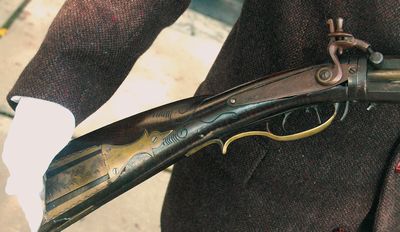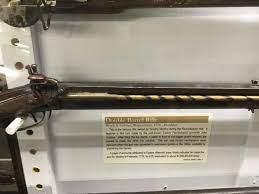- Joined
- Dec 25, 2011
- Messages
- 8,796
- Reaction score
- 3,788
I've been doing a little research in trying to figure out what cal rifle Murphy used to reportedly kill the British officer Simon Frazier at Sara toga during the Rev. War.
So far no mention of cal that I can find. There is even some speculation that the distance was much less than 300 yards and that it was actually another one of the 500 chosen marksmen that shot Frasier from about 65 yards, shooting at the same time Murphy was from his tree stand.
Legend has it that Murphy hit Frazier on his third try through the stomach , Frazier dying that evening. Murphy with his fourth shot killed another Bristish officer galloping up with fresh orders to take Frazier"s place. This of course was with flint lock fired, rifle bored , patch balled American made long rifles.
So far no mention of cal that I can find. There is even some speculation that the distance was much less than 300 yards and that it was actually another one of the 500 chosen marksmen that shot Frasier from about 65 yards, shooting at the same time Murphy was from his tree stand.
Legend has it that Murphy hit Frazier on his third try through the stomach , Frazier dying that evening. Murphy with his fourth shot killed another Bristish officer galloping up with fresh orders to take Frazier"s place. This of course was with flint lock fired, rifle bored , patch balled American made long rifles.









